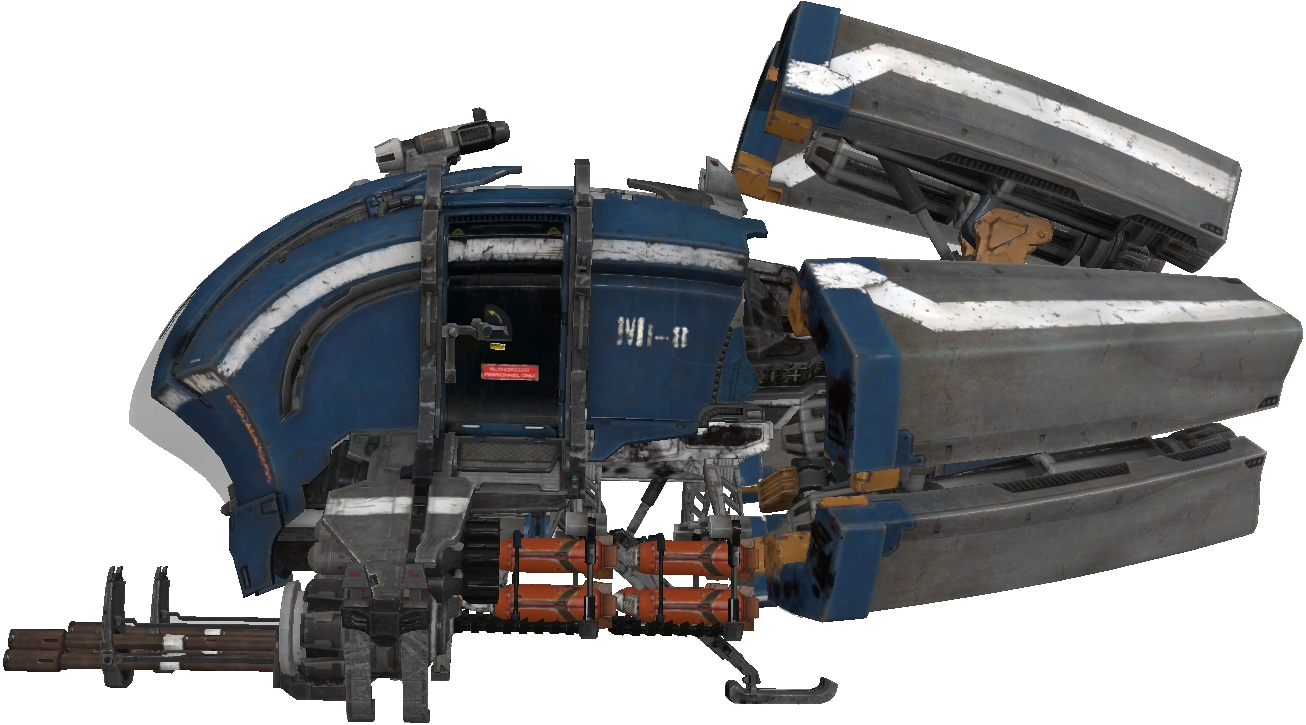

Ridenhour wrote letters to the Pentagon, to the State Department, to the White House, and to twenty-four congressmen describing the murders at My Lai 4. Task Force Barker’s victory remained just another statistic until late March, 1969, when an ex-G.I. The investigation involved all the immediate elements of the chain of command: the company was attached to Task Force Barker, which, in turn, reported to the 11th Light Infantry Brigade, which was one of three brigades making up the Americal Division.

The first investigations of the My Lai case, made by some of the officers involved, concluded (erroneously) that twenty civilians had inadvertently been killed by artillery and by heavy cross fire between American and Vietcong units during the battle. The G.I.s mainly kept to themselves what they had done, but there had been other witnesses to the atrocity-American helicopter pilots and Vietnamese civilians. There it was reported to the world’s press as a significant victory. None of this was officially told by Charlie Company to its task-force headquarters instead, a claim that a hundred and twenty-eight Vietcong were killed and three weapons were captured eventually emerged from the task force and worked its way up to the highest American headquarters, in Saigon. After the shootings, the G.I.s systematically burned each home, destroyed the livestock and food, and fouled the area’s drinking supplies.

Some of the younger women and girls were raped and then murdered. Many were rounded up in small groups and shot, others were flung into a drainage ditch at one edge of the hamlet and shot, and many more were shot at random in or near their homes. During the next few hours, the civilians were murdered. A hundred G.I.s and officers stormed the hamlet in military-textbook style, advancing by platoons the troops expected to engage the Vietcong Local Force 48th Battalion-one of the enemy’s most successful units-but instead they found women, children, and old men, many of them still cooking their breakfast rice over outdoor fires. Early on March 16, 1968, a company of soldiers in the United States Army’s Americal Division were dropped in by helicopter for an assault against a hamlet known as My Lai 4, in the bitterly contested province of Quang Ngai, on the northeastern coast of South Vietnam.


 0 kommentar(er)
0 kommentar(er)
